Results
-
 £98.50
£98.50Orbital - Adrian B. Sims
Referring to the orbit of an electron, planet, or galaxy, propels the listener back and forth between musical ideas representing tremendous gravitational forces. Adrian Sims does a phenomenal job in the development of this work, and the heroic central theme truly soars as the piece comes to a thrilling and powerful conclusion! (4:30)
Estimated dispatch 3-5 working days
-
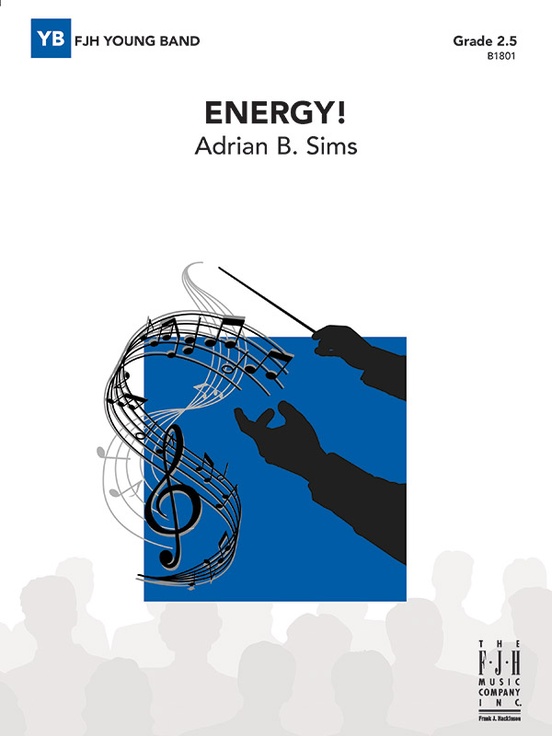 £66.95
£66.95Energy! - Adrian B. Sims
Like its title implies, this highly aggressive work is based on a combination of invigorating melodies and a relentless rhythmic drive. Musical lines weave throughout the ensemble, soaring countermelodies take center stage, and an increasingly intense final passage takes the piece to an entirely new level. Simply put, this one is full of energy!
Estimated dispatch 3-5 working days
-
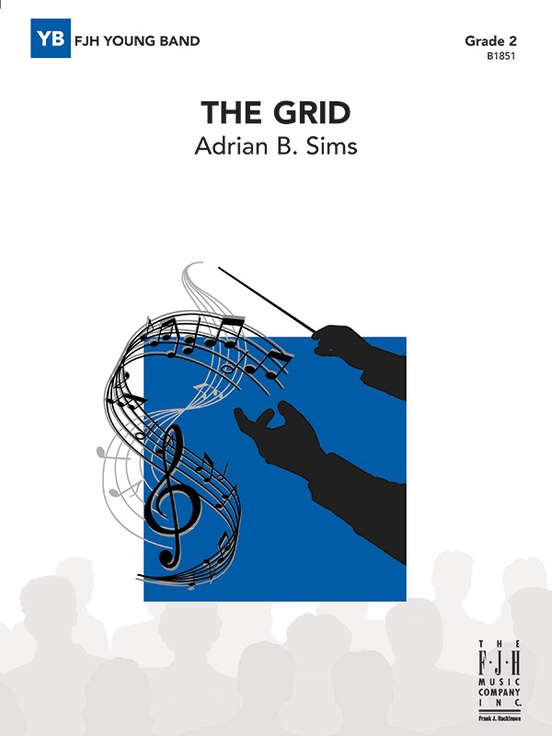 £73.50
£73.50The Grid - Adrian B. Sims
Journey to the future with a work depicting the power network that brings energy to cities and towns around the world. The pulse of electrons can be felt as the rhythmic intensity continues to build, multiply and expand throughout various sections of the ensemble. A thrilling and innovative work that will inspire students and audiences alike!
Estimated dispatch 3-5 working days
-
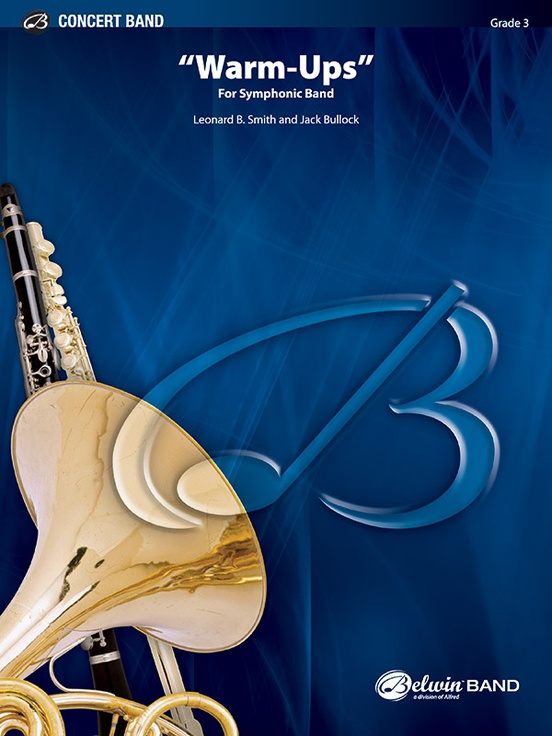 £81.95
£81.95Belwin "Warm-Ups" for Symphonic Band - Leonard B. Smith and Jack Bullock
Finally, an intelligent warm-up beginning with a "Treasury of Scales" scale, then augmented with exercises and a final chorale in each of four keys.
Estimated dispatch 3-5 working days
-
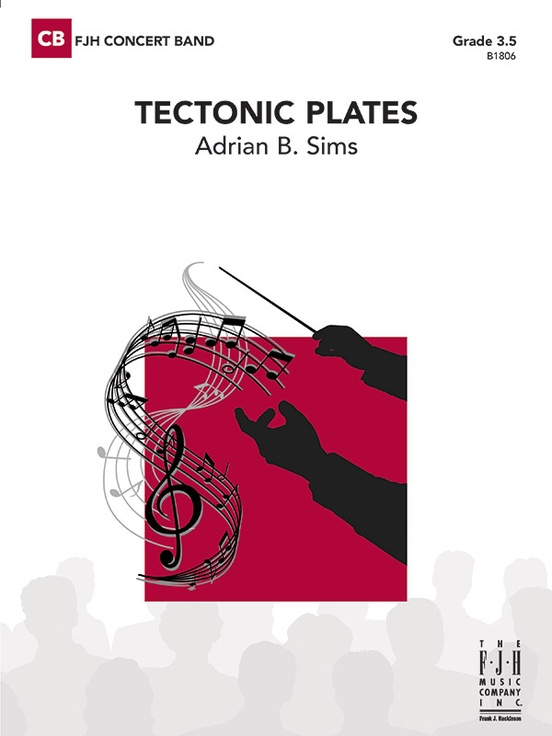 £79.50
£79.50Tectonic Plates - Adrian B. Sims
Filled with excitement and unpredictability, this work takes listeners on a journey through the inner workings of the planet. From musical depictions of seismic activity (characterized by swells in the brass and percussion) to the sounds of an earthquake, the piece reflects not only destruction, but also the resulting beautiful landscapes, mountains, and oceans. A powerful work!
Estimated dispatch 3-5 working days
-
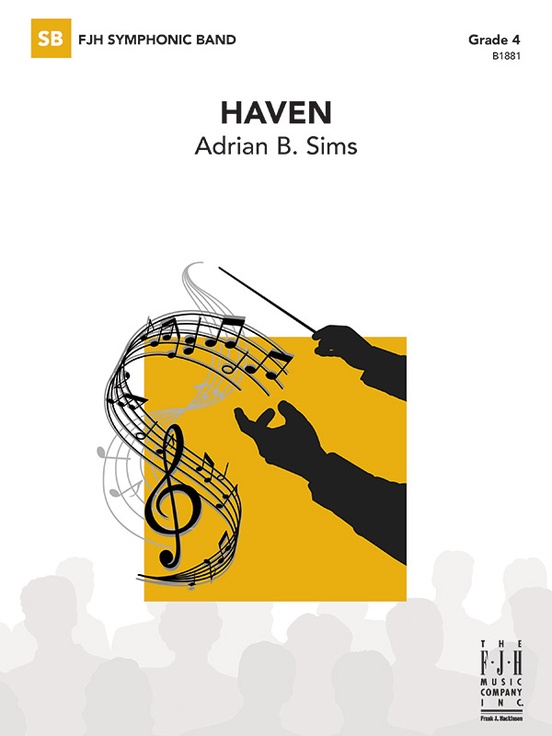 £79.50
£79.50Haven - Adrian B. Sims
This introspective work explores the relationship between oneself and the outside world. Turbulent forces and fast driving rhythms surround the listener in turmoil as personal growth takes place. Exciting woodwind flourishes, exhilarating percussive rhythms, and glorious brass fanfares bring this enthusiastic journey of self-discovery to a close. A powerful work and subject matter for mature bands.
Estimated dispatch 3-5 working days
-
£65.99
S. I. B. A. - R. Hall
Estimated dispatch 7-14 working days
-
£65.99
Mainliner - Leonard B. Smith
This excellent march was written during Leonard Smith's tenure in the Phildalephia Navy Yard Band during WWII, and was dedicated to Admiral Milo Draemel. It features a virtuoso euphonium obbligato in the trio. Top-notch!
Estimated dispatch 7-14 working days
-
 £66.95
£66.95Forgotten Tales of the West - Adrian B. Sims
This powerful work pays tribute to the many battles fought between the Native Americans and Europeans (often referred to as "The American Indian Wars"). The music moves between Native American-influenced themes and western harmonies before moving into an amalgamation of the two. Incredible writing by a teenage composer!
Estimated dispatch 7-14 working days
-
£84.50
Niagara - Gregory B. Rudgers
Niagara Falls has held the fascination of human beings from the time the very first Native American heard the low thunder of the falls and followed the sound to the mighty cascade. Niagara captures three important elements of the history and legends surrounding the Falls, and takes the listener on a journey through time. It consists of three sections, with an ancient Iroquois melody serving as their musical foundation.
Estimated dispatch 7-14 working days
